Rostyslav Vovk co-founded Kormotech with his father and sister in 2003 and served for the past 12 years as CEO. During this time, Vovk has brought Kormotech into the top 50 global pet food manufacturers, achieving an annual turnover of 162.7 m dollars and expanding into 51 markets. He leads a team of over 1,500 employees operating worldwide.
Kormotech is a global family-owned company with Ukrainian roots, specializing in high-quality pet food. The company produces cat and dog food and has three production facilities located in Ukraine and Lithuania.
How have pet owners’ expectations changed in recent years — especially regarding quality, transparency, and functionality of pet food?
People choose food for their cats and dogs as carefully as they do for themselves — they look for familiar ingredients and distrust formulas that resemble a list of chemical terms.
Pet parents expect the product to deliver additional health benefits — especially in the premium and super-premium segments. For example, supporting digestion, the immune system, joint health, or skin condition. Therefore, people increasingly pay attention to the presence of relevant ingredients such as probiotics, antioxidants, and other supplements or superfoods.
The manufacturer’s challenge is not only to incorporate these ingredients, but also to clearly communicate their benefits and effects. Transparent communication is essential today if you want consumers to trust you.
At Kormotech, we organize factory tours several times a month for clients and partners, where they can see firsthand how and from what our products are made.
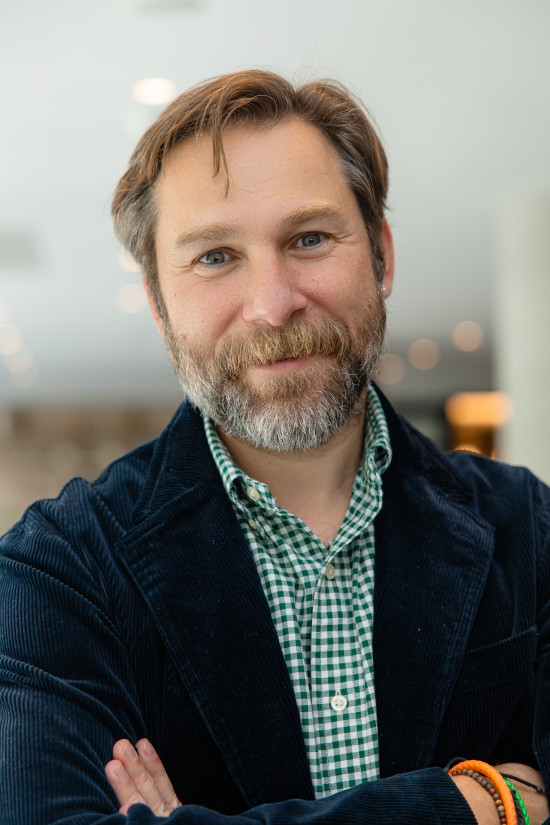
How do you collect feedback from consumers, and how does it influence product development?
We use two types of research — qualitative, where we conduct in-depth interviews, and quantitative, to ensure that our findings reflect the opinion of a broader audience.
The goal of in-depth interviews is to understand the needs that drive people to choose our products. If research shows that a brand does not resonate with the needs of its target segment, we either modify the product or develop a new brand that meets the expectations of that audience.
For example, during our research, we discovered a segment of pet parents who are “indulgers” — they want not just to feed their pets but to provide a new experience and express their love. Our portfolio did not include a product addressing this need, so we created a new brand of wet treats for cats and dogs called Delickcious.
What differences do you observe between the needs of pet owners in Eastern Europe and Western markets?
Regardless of the country, pet parents want to provide their pets with high-quality food. However, these markets differ in how much consumers are willing to pay. In countries like Portugal, France, and the UK, the super-premium segment has higher demand. In Western markets, high-quality pet food is not a niche product but an expected offering. As a result, premium and super-premium brands are found both in specialized pet stores and supermarkets.
In contrast, in Eastern Europe — particularly in Poland, Romania, Hungary, and Slovakia — the demand mainly lies in the mid-range and budget segments. For example, in Romania, we estimate that about 40–45% of the entire pet food market consists of standard-class products. Here, consumers are more price-conscious. However, this does not mean there is no interest in higher quality.
Preferences for packaging formats also differ. For instance, in Ukraine, people tend to buy pet food in single pouches from supermarkets during weekly shopping or after work. In France, on the other hand, consumers prefer flow packs containing multiple pouches to last longer. But even within one country, habits can vary from city to city.
How much does the trend of pet “humanization” influence your products and brand strategy?
When shaping our brand strategy, we understand that we are working with two audiences simultaneously — on one hand, we need to demonstrate the product’s value to pet parents, and on the other, make it appealing to the pet itself. Therefore, when developing recipes, we focus not only on health benefits but also on a high level of palatability.
To measure this, we organize tasting panels involving cats and dogs and also consult independent researchers. For example, the updated formulas of the Optimeal brand were tested in Germany, showing a high palatability level — 93% of animals enjoy eating them.
We pay close attention to pets’ reactions — if we notice that a recipe does not generate the expected interest, we improve it.

What role do new technologies — such as personalized nutrition, alternative proteins, or AI — play in your innovation strategy?
Personalized nutrition has become the norm for responsible pet owners, and at Kormotech, we are actively developing this direction. We strive to address diverse needs in our recipes — not only physiological but also emotional. For example, we have the Optimeal Beauty Harmony line designed for pets with sensitive nervous systems.
We also closely monitor the development of alternative protein manufacturing technologies. Currently, one of the most promising areas, in my opinion, is cultivated meat ingredients. Compared to human food, the pet food sector may find it easier to unlock the potential of this technology since there is no need to exactly replicate the texture of chicken meat or steak.
However, since such ideas carry relatively high risks, we test them within the company’s venture division rather than R&D. If any prove effective, we will eventually be able to integrate them into Kormotech products.
How do you respond to the growing demand for sustainable, regional, or plant-based pet food? How important is transparency to you — for example, regarding ingredient sourcing or production conditions?
The trend toward vegan recipes is indeed gaining momentum, but currently, we do not plan to include them in our product range. Regarding sustainability, I believe every progressive pet food manufacturer is making efforts to reduce their carbon footprint.
We consider integrating sustainable production principles as part of our long-term strategy. Our first factory in Lithuania holds a “green certificate,” confirming that it operates on renewable energy sources — primarily wind — and has its own solar power plant.
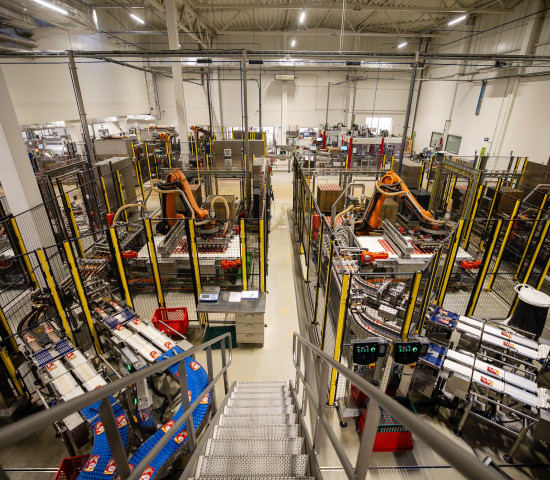
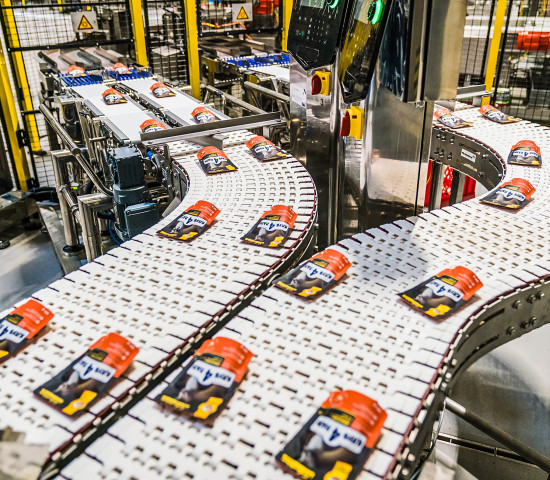
Which product trends do you consider promising?
We see a growing interest in products that take into account the individual characteristics of the pet — from age and breed to health status and temperament. Also, more and more pet parents expect nutrition to help prevent diseases and support active longevity. Another promising trend is treats that combine health benefits with emotional satisfaction.
What role do social media, influencers, or communities play in your brand strategy?
For the Delickcious brand, these are key tools for building emotional brand equity. Through storytelling, we create a deeper connection with pet parents. These channels help introduce people to new products and encourage them to try them, as well as stimulate impulse purchases, which is especially important for the snack category. Our strategy is to be where the emotions live.
How has the war in Ukraine recently affected your company — particularly production and international sales? How do you manage to grow despite geopolitical instability?
After the full-scale Russian invasion of Ukraine began, we opened an additional warehouse in Poland, where we can store a two-month supply of products. Currently, Kormotech operates two factories in Ukraine and one in Lithuania. We are expanding our production capacity — this year construction started on a second factory for wet food production in Lithuania. We have also strengthened cooperation with local suppliers.
We systematically invest in brand building in strategic markets and develop distribution in new ones. All of this helps us grow — over the past three years, the number of countries where Kormotech products are available has increased from 33 to 51, and turnover has grown by 36%.
Where do you see the future of the pet food market going in the next 5 to 10 years?
Environmentally responsible production will not just be a trend but a necessity. I believe manufacturers will systematically reduce their environmental impact, which will significantly change the industry.
At the same time, the role of pets as full-fledged family members will strengthen. Today, more and more companies aim not only to produce quality products but also to make a meaningful impact on the lives of animals and people. Being a socially responsible business is no longer a bonus to reputation but a norm that will shape industry standards in the coming years.
Kormotech implements various social initiatives: in 2022, we launched the U-Hearts Foundation, which pools aid from international donors and directs it to support Ukrainian animal protection organizations, shelters, and volunteers rescuing animals during the war. Within this foundation operates our social initiative Save Pets of Ukraine, providing comprehensive assistance to animals through nutrition, basic veterinary care, and helping our four-legged friends find loving homes.

 Menü
Menü







 4-5/2025
4-5/2025
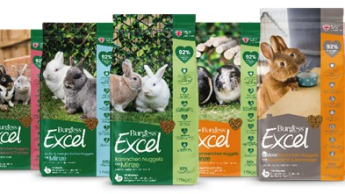

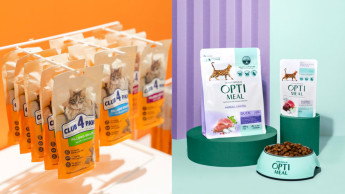
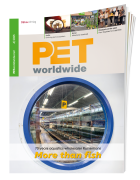







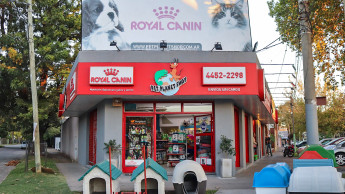
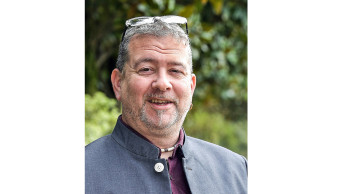
 Newsletter
Newsletter